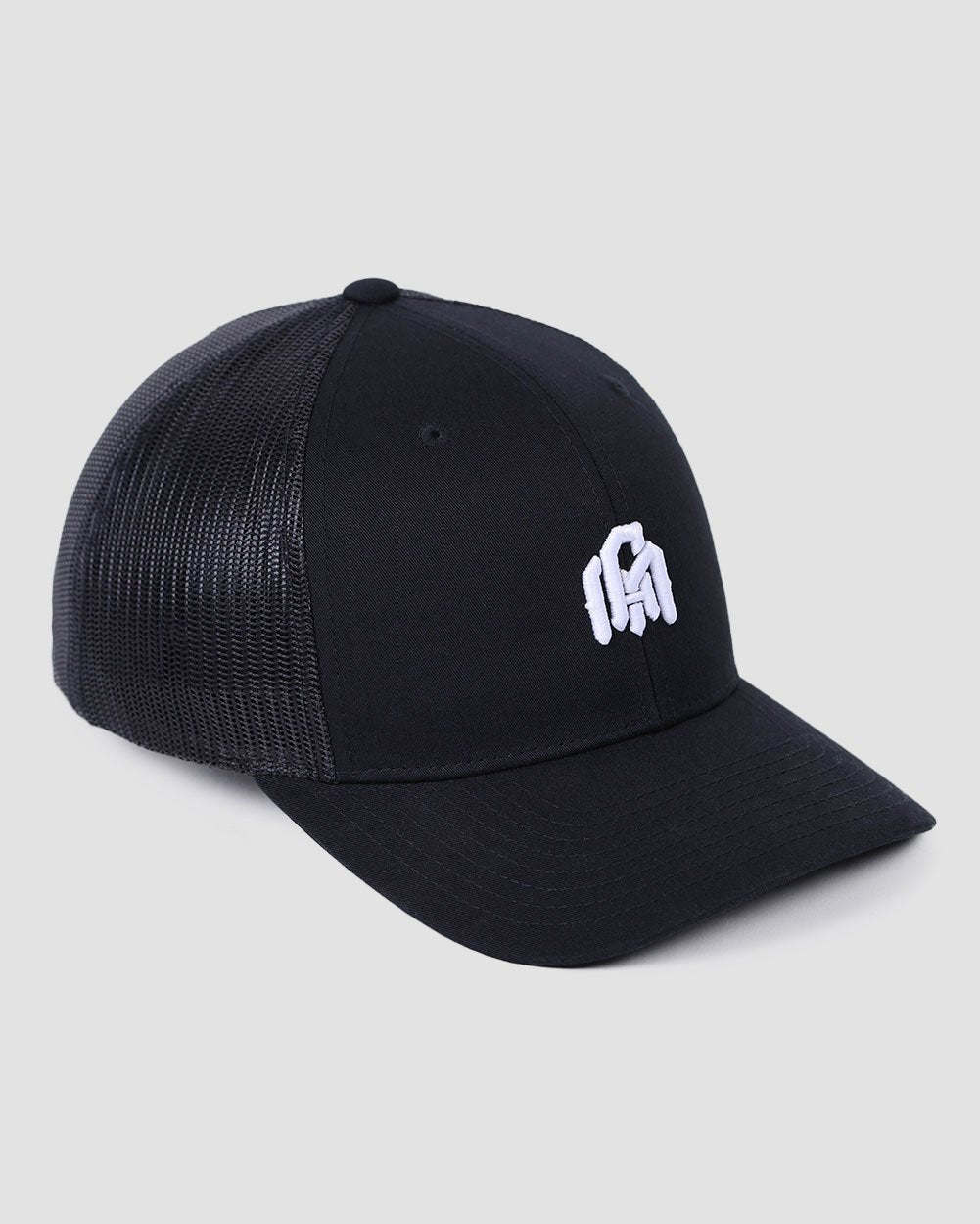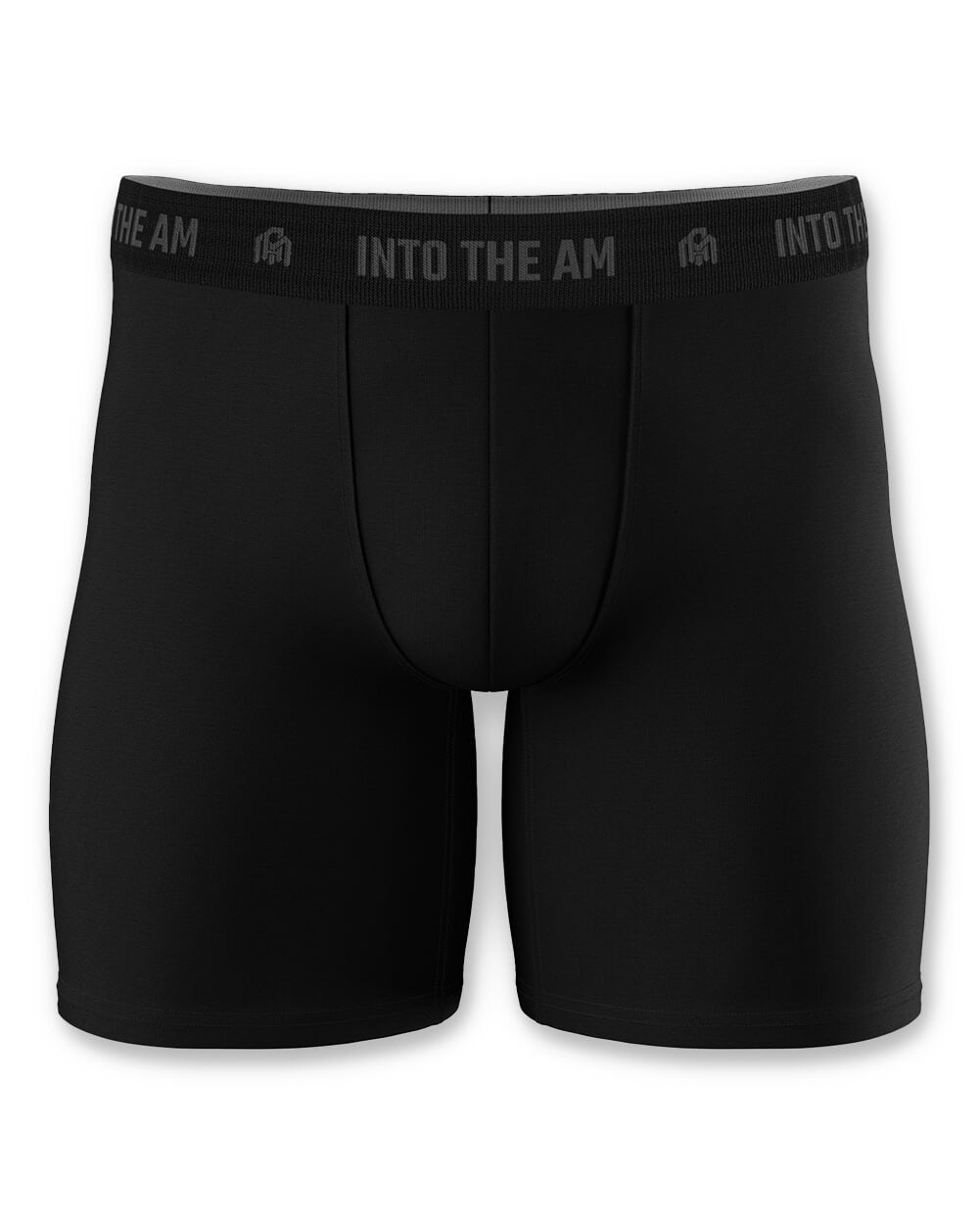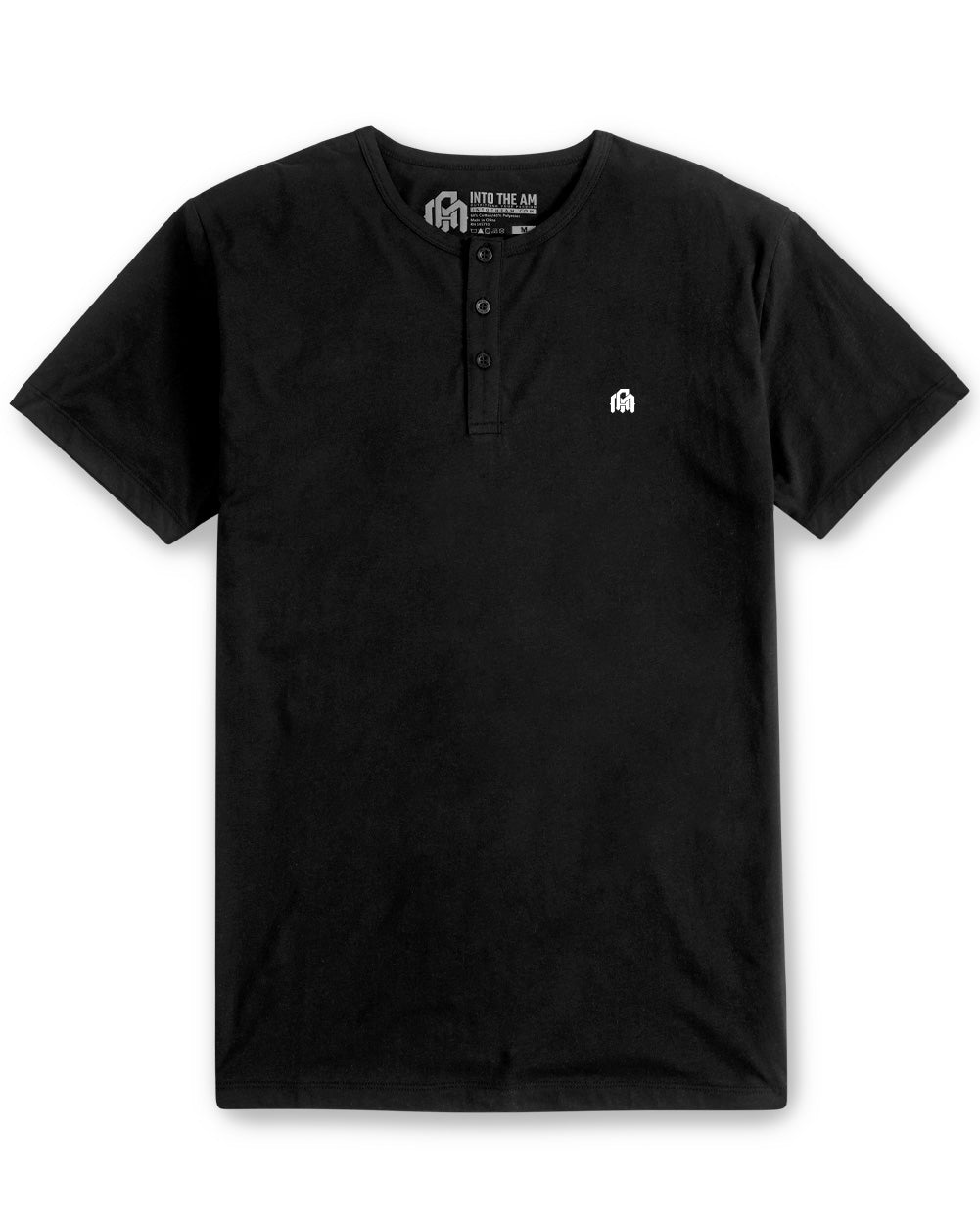The COVID-19 pandemic took the world by surprise, leaving humanity in a state which many consider as the most challenging time in human existence. Businesses were shut down and many people were laid off. Over time, it was discovered that the combination of wearing face coverings, frequent hand washing, and social distancing could effectively stop the spread of COVID-19. Then, another tragedy struck. The world ran out of medical face masks and PPE items that are necessary for healthcare workers.
A lot of people had to resort to the use of handmade fabric face masks as an alternative to medical-grade N95 respirators and surgical masks. With increasing hardship and financial crisis, the governments of many nations are clamoring for the opening up of the economy. However, to do this without endangering the lives of people, there is the need to enforce the compulsory wearing of cloth face coverings in public places. To this effect, the Centers for Disease Control and Prevention (CDC) released a guideline for the use of cloth face masks. To help people stay fashionable while protecting themselves, INTO THE AM started offering graphic face masks and seamless spandex mask bandanas.
What Is the Working Principle of the Different Types of Masks?
Currently, there are three types of masks namely N95 masks, surgical masks, and cloth masks. The CDC recommends a cloth mask for the public and surgical or N95 masks for health care providers. Guess you may be wondering, if these masks could curb the spread of the virus, why didn’t the World Health Organization (WHO) recommend them at the start of the spread?
Well, since it is a new virus, scientists knew little about the virus. Also, it was later discovered that some people were still contagious even without showing symptoms. Others take a long time before symptoms manifest. These discoveries made the WHO and the CDC include protective face masks in their preventive recommendations.
N95 Masks
This is the most advanced of the three types of masks. It is capable of filtering ninety-five percent of tiny particles when the wearer inhales. The unfiltered air is dislodged when the wearer exhales. Some N95 masks come with valves that make breathing easier. However, since N95 masks with valves release unfiltered air, they allow the wearer to still spread the virus. Consequently, the use of N95 masks with valves is banned in certain places. These masks are also meant to be disposable but researchers are looking for ways of making them reusable.
Surgical Masks
These masks prevent droplets from getting in or out of the nose and mouth of the wearer. Therefore, wearing surgical masks protects the wearer and the people around them. However, there is still not enough study on how effective they are in protecting the wearer from coronavirus. Surgical masks come with elastic bands that fit snugly behind the ears. Their trifold has become the model for some cloth masks. Surgical masks are meant to be disposed of after a single-use.
Cloth Masks
Cloth masks can trap droplets from the wearer’s nose or mouth thereby protecting the people around them. The purpose of asking everyone to wear a cloth mask is to prevent asymptomatic people with COVID-19 from spreading the virus. The main advantage of cloth face masks over surgical and N95 masks is that they are reusable. Also, their use will not put pressure on the availability of the other two types of masks which should be preserved for frontline health workers.
The Best Material for Making Cloth Masks
Since the CDC approved the use of reusable face masks, people started wearing masks made from different types of fabrics. INTO THE AM is one of the shops with the largest collection and variety of the best face masks. One question that a lot of people ask when it comes to the use of cloth face masks is which material is the best for making them.
According to the CEO and founder of Floating Doctors, Dr. Benjamin LaBrot, making a cotton face mask using a doubled-up 600-thread count flannel pajamas or pillowcases will provide up to 60 percent filtration which is just as good as the surgical masks. Cotton masks made with quilter’s organic cotton fabric can provide as much as 80 percent filtration. This is because quilter’s cotton has a high thread count. You also might want to look for a material that is moisture-wicking since it is summertime, after all!
Tests to Determine Which Material Is Best for Masks
You can easily determine a breathable yet protective material that is good for making cloth masks using the ‘light test’. Place the material in front of the light. The material that is most difficult to see through is the better option. When using masks that are made of a material other than cotton, make sure the materials are safe to breathe in.
The Right Way to Wear a Face Mask
The CDC recommends wearing a cloth face mask when in public places like the grocery store—especially where social distancing is not possible. However, a lot of people are wearing their reusable masks wrongly. Some push it under their chin while others wear it below their nose. The right way to wear a cloth mask is as follows
1. Cover Your Nose and Mouth
Your mask should properly cover your nose and mouth. Humans take in air through these routes which means the viral particle can gain entry into your body from either of them when not properly covered.
2. The Face Mask Should Have a Snug Fit
Your mask should fit snugly on both sides of the face -- pleated masks can offer the best fit. It needs to be comfortable enough to allow breathing. If you are using a surgical mask, make sure you press down the aluminum strip on the nose to create a barrier from unfiltered air.
Precautions to Take When Wearing a Face Mask
- Sanitize your hand before and after wearing or taking off a face mask
- Get a machine-washable face mask and wash it after each use
- Don’t touch your face or your mask while you are wearing it
- Remove the mask by holding the adjustable ear loops or ties
- If your mask has a filter pocket, make sure to replace the filter when needed
Conclusion
It is recommended that masks should not be used in children under 2 years. Also, people with breathing difficulty should not use masks. If you are having difficulty with face masks, you can start by wearing it for a short time at home then gradually increase the duration. When you visit INTO THE AM you will find a large range of unisex face masks of varying prints that come in three-packs. Buying a couple different styles of them like tie dye or camo will allow you to flip your look each time you leave the house.
Sources:
- https://www.today.com/style/how-wear-face-mask-correctly-common-mistakes-avoid-t178177
- https://www.mayoclinic.org/diseases-conditions/coronavirus/in-depth/coronavirus-mask/art-20485449
- https://moffitt.org/endeavor/archive/5-mistakes-you-may-be-making-when-wearing-face-masks/
- https://floatingdoctors.com/tag/ben-labrot/
- https://www.intotheam.com/collections/face-masks









